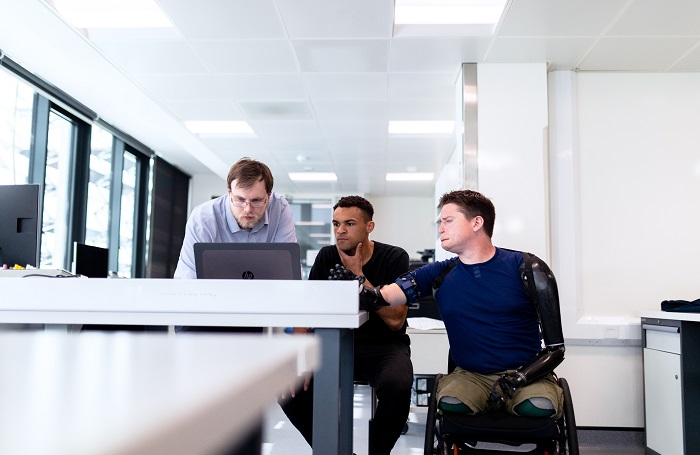
The computer-aided engineering, design, and manufacturing sectors have simply blossomed over the last few years, and as the technology improves, it is expected that this trend will only continue.
The computer-aided engineering sector is expected to reach over $16 billion by 2028, it’s used in smartphone manufacturing, mobile smart tech, smart home tech, and automotive.
Pretty much everything that we use in the realm of human existence needs to be engineered in some way and it is more likely than not to have been done with the assistance of a computer or even led by a computer
What Are Machine Intelligence and Computer-Run Industry?
Various aspects of the design and manufacturing process are now computer-led, and large plasma cutting machines can simply be programmed and left to run on their own. Either overnight, but generally without human intervention, except to press the start button and select which cutting program to be followed.
Machine intelligence
As computers get smarter, more of the manufacturing process can be left to the machine intelligence that repetitive processes can develop.
Methods to save time, use less raw materials, and produce a better-quality product are all programmable and the software and hardware being used will endeavor to improve continuously.
There are several pros and cons of machine learning and the increased use of computer-based manufacturing.
Related Post: Make Your Forex Strategy Stronger with Artificial Intelligence
The pros:-
Time saved:
It’s proven that using Artificial intelligence and computer-aided production processes in manufacturing and engineering can save huge amounts of time. Solutions to problems can be computed far quicker and all this can be done during production with little to no downtime.
Money saved:
Using the appropriate technology and computer-aided design and production can produce savings as there is a smaller wage bill, and once set up the computer-aided, and AI-based production line is easily changeable and adaptable for various product lines.
Increased safety on the factory floor:
If there are fewer people on the shop floor and instead, the manufacturing process is based on highly functional machines driven by powerful computers and precise software programs, then there will be fewer accidents in the process and a much-improved safety rating for the business.
The cons:-
Employee uncertainty:
The introduction of AI and computer-aided machinery creates a sense of impending doom for engineers and those working in manufacturing.
Various pieces of industrial research have shown that workers now feel threatened that at any moment they may lose their jobs in favor of cleverer, quicker, smarter, and more interconnected tech.
Increasing high costs:
to keep abreast of the latest developments in tech and AI, your business will need to make a significant investment, and there is no certainty that there will be a heightened return on such investment. This makes it difficult for the smaller businesses out there to take the risk.
There is no doubt that the computer-aided industry and the high-precision engineering machinery that we have access to in the manufacturing and engineering sectors is the future. However, this article makes it clear that there are various considerations to make before rushing headlong onto this bandwagon.










